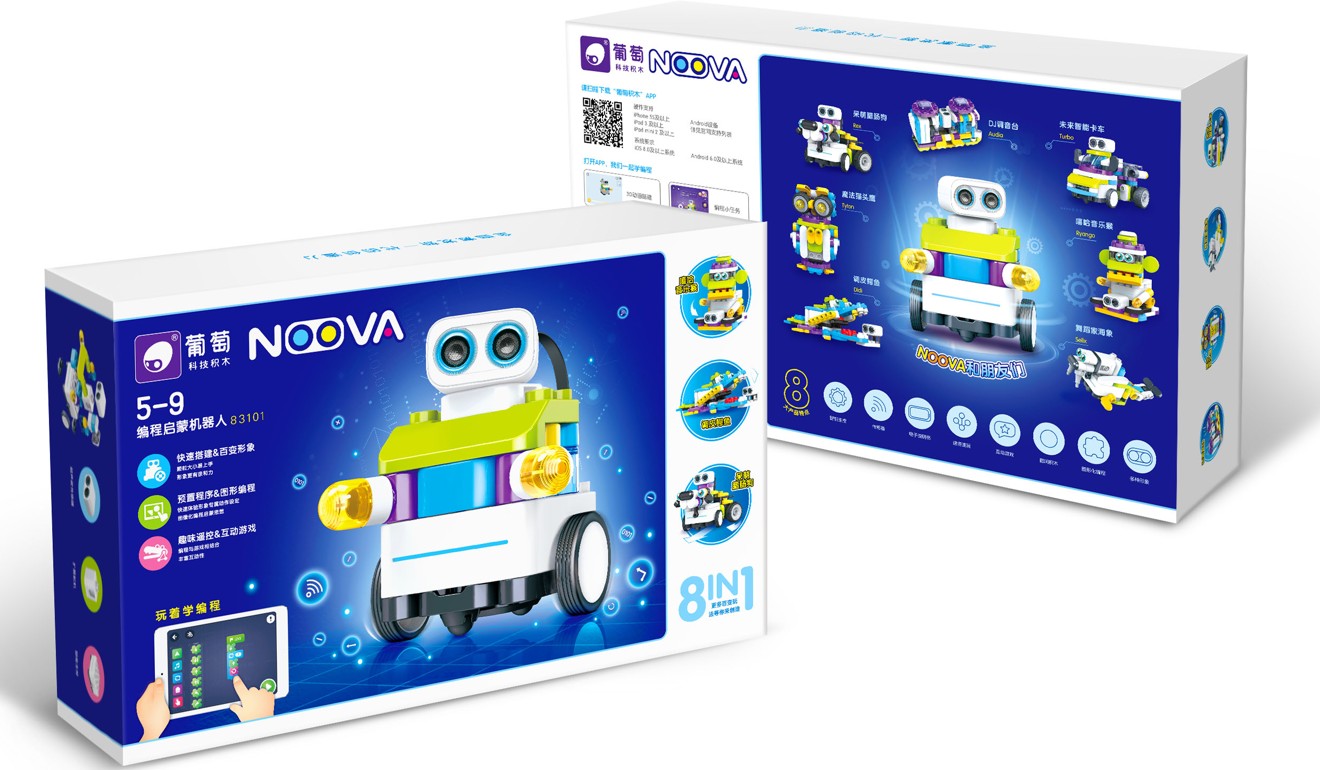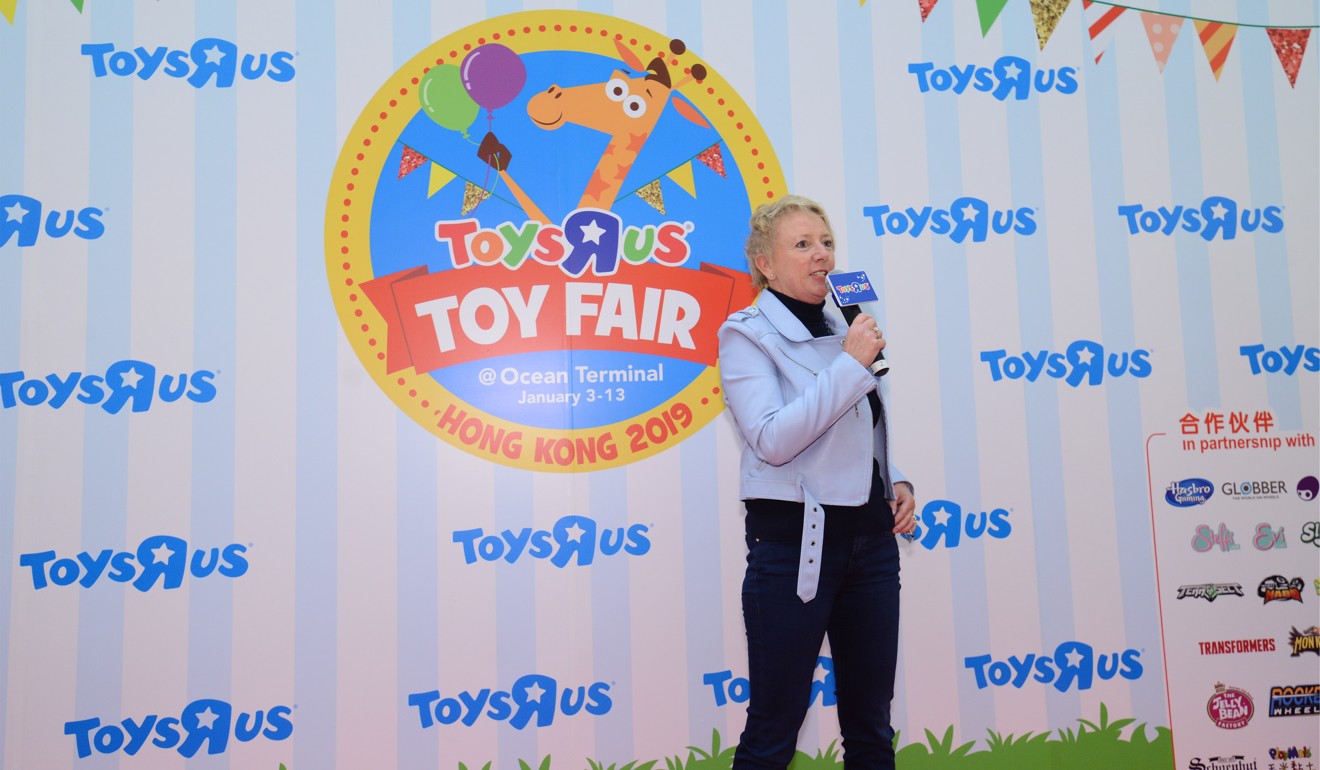
Toymakers heed parents’ concerns on children’s early development and make traditional toys with digital twist
- A backlash against technology by parents and a need for physically interactive and stimulating products is keeping traditional games in demand
- China, the region’s largest market, will account for 54 per cent of the traditional toy market in Asia by 2022, according to Euromonitor
First came dolls and puzzles, then video games and smartphones. But traditional toys may be making a comeback, with a twist, whether it is teaching robotics to toddlers or giving children the experience of unboxing toys like YouTubers.
Global internet and smartphone penetration has facilitated the boom of video games to spearhead the toy industry, but industry observers say traditional games will still play a strong role in the future, particularly in Asia.
Besides, a backlash against technology by parents and a need for physically interactive and stimulating products is keeping traditional games in demand, particularly new versions with added elements of technology.
What are the most popular traditional games and toys in China?
“Video games are easy to access, seemingly more interactive, but if you look at one of the largest video game markets, China, they are receiving a lot of backlash,” said Jonathan York, senior analyst at Euromonitor International. “Traditional toys are catching up from a tech stand point, [as] they are interactive. Having that satisfaction of interacting with a toy is different, especially in the eyes of parents where they feel there is more of a learning curve, more stimulus.”
According to Euromonitor, video games (inclusive of online and mobile) had a global compound annual growth rate (CAGR) of 8.8 per cent from 2007 to 2017, from US$52 billion to almost US$120 billion. Traditional games’ CAGR, meanwhile, was 3.8 per cent, from almost US$59 billion to US$85 billion.
The market research company predicts video games’ growth to slow through 2022 as mobile penetration saturates, dropping to just 3.7 per cent between 2021 and 2022, while traditional games maintain around a steady 2 per cent growth across each of the five years.
Toymakers dodge US-China trade war with innovation, new markets
The pattern holds true in Asia where video games take the largest chunk of the market but are slowing down.
As birth rates decline and children interact with less family members, parents are rejecting constant screen time and spending growing household incomes on physical toys that stimulate and educate.

Traditional toys and games in Asia are set to grow at a 3.3 per cent CAGR from 2017 through 2022, higher than the global 2 per cent. And China, the region’s largest market, currently accounting for 51 per cent of the traditional sector in Asia, will reach 54 per cent in 2022, according to Euromonitor.
“Parents, schools and the market are increasingly focusing on the future of work, automation,” said Mariana Kou, head of China education and Hong Kong consumer at CLSA. “Toys that groom thinking skills, arts, and creativity are becoming more and more popular.”

Robotics for kids as young as 18 months, for example, now include an element of coding for the child to make the product move after physically constructing it, said Jo Hall, chief commercial officer for Greater China and Southeast Asia at Toys ‘R’ Us Asia.
Toys ‘R’ US Asia to open 60 new stores, seek expansion in 2019
The retailer spends “a lot of time sourcing developmental toys” to cater to the psyche of the Asian parents who place huge importance on children’s development, she said.
“It is a combination of going back to traditional play patterns, with the augmentation of technology. It restores play patterns, with a modern twist.”

Toys without technology need elements to capture the attention of children now used to the instant gratification of online games, said Hall.
According to The Toy Association, a trade body for the industry, one of the two most popular toys in 2018 was L.O.L Surprise! - a glittery ball filled with 50 surprise collectable dolls and accessories to be individually unwrapped.

Time taken to “unbox” is not long, children are captured by collecting the unknown and can imitate YouTubers who do the same to millions of views. Over 800 million have been sold since they entered the market in late 2016, according to Adobe Digital Insights, reported The Atlantic.
“There is a physicality of finding it. It is three dimensional, tangible and physical with their hands, whereas swiping a game on their device, they don’t know what they are going to find but it is quite a linear, binary execution,” said Hall.
“It is about putting the devices down and going back to quality family time together,” said Hall. “I think there is a rebuttal against children constantly being on devices.”

